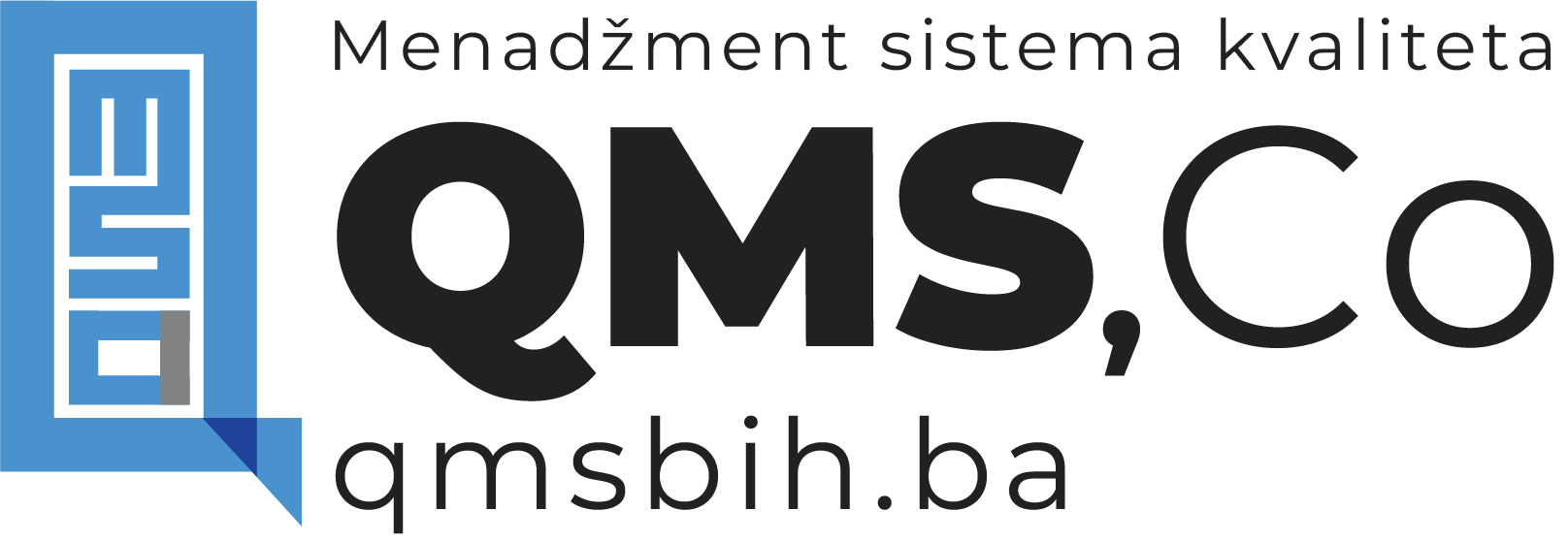What are EN 1090-1 and EN 1090-2?
The EN 1090 standard, created for steel and aluminum structural elements, came into force in 2014. Since then, steel and aluminum structural elements sent to EU countries must comply with this standard and carry the CE mark.
EN 1090, a European standard, comprises three parts:
- EN 1090-1: Requirements for conformity assessment for structural components (CE marking), including production control requirements and assessment conformity. The standard annex provides information on product marking requirements for CE labeling.
- EN 1090-2: Technical requirements for steel structural elements.
- EN 1090-3: Technical requirements for aluminum structural elements.
If steel and aluminum structural components are sold in the EU or fall within the scope of harmonized European standards or European Technical Assessments, they must carry the CE mark.
EN 1090-1 and EN 1090-2 Certification – Business Benefits
It is essential for businesses producing steel and aluminum structural elements to comply with the EN 1090 standard series, obtain certifications based on these standards, and mark their products with the CE label.
These standards and CE marking requirements are prerequisites for trade with EU countries. The EN 1090 certificate and CE marking prove that products meet the requirements of the Construction Products Directive in force in the EU.

